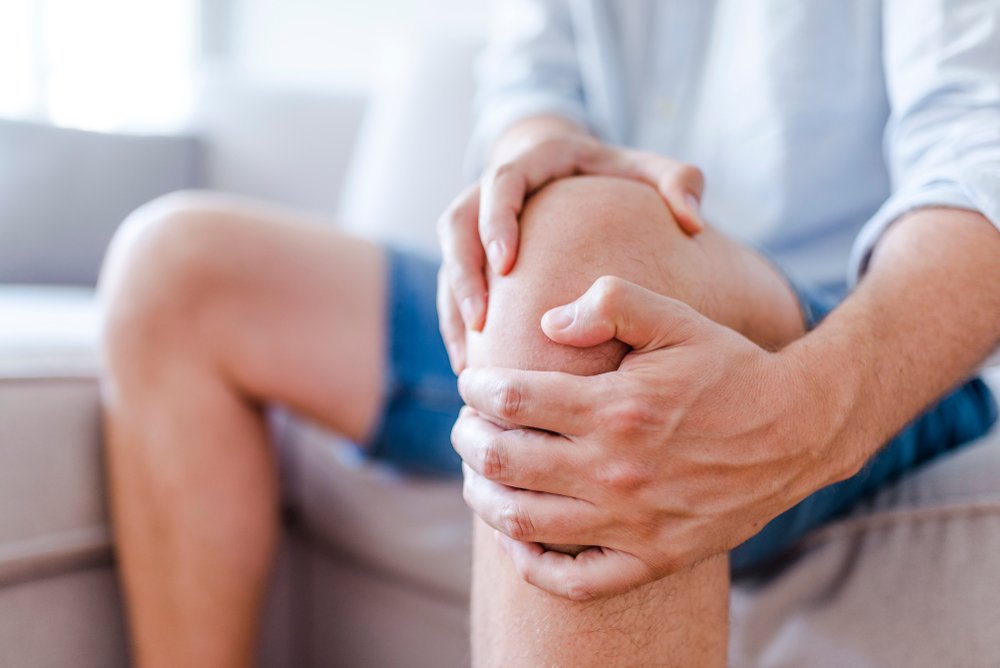Arthritis of the Knee
What is Arthritis of the Knee?
In general, arthritis impacts the joints throughout the body. Arthritis occurs when the tissues in these joints are attacked, causing pain, swelling, and stiffness. Arthritis of the knee is one of the most common forms of the disease, and currently, there is no cure.
Knee arthritis can impact all three bones within the knee: the femur (or the thighbone), the tibia (or the shinbone), and the patella (or the kneecap). In those with knee arthritis, the cartilage that covers the ends of the bones is worn down, causing the bones to rub against each other. Patients suffering from knee arthritis often experience intense pain and swelling, which can make daily activities difficult or impossible.
Who Does Arthritis of the Knee Affect?
Arthritis of the knee can impact anyone, especially those who have experienced a knee injury in the past. In general, though, those who are over the age of 50 are more likely to develop arthritis of the knee than their younger counterparts. Additionally, women are more likely to experience knee arthritis than men.
Those who put excess stress on their knees through active jobs or sports may experience knee arthritis, as may those who are considered overweight. Finally, pre-existing conditions such as certain bone anomalies and gout may lead to the development or progression of knee arthritis.
What are the Symptoms of Knee Arthritis?
Nearly everyone experiences knee pain from time to time, so you may be wondering how to determine whether you are truly suffering from knee arthritis.
Pain and swelling are easily the most commonplace symptoms of knee arthritis. However, these symptoms are often experienced in combination with knee buckling, joint stiffening, and snapping or clicking noises in the knee when walking. Patients may also experience redness and warmth of the skin, a locking or sticking sensation in the knee when they try to move, and joint pain that changes as the weather changes.
How is Arthritis of the Knee Treated?
To determine whether you truly have arthritis of the knee, your doctor will likely order X-rays of your knees. Then, your doctor will look for any bone spurs in your knees and will examine the amount of cartilage remaining in your knees. This will help determine the stage of arthritis you are experiencing and how severely your joints are impacted.
From there, your provider can work to ease your pain. As we noted earlier, there is no cure for knee arthritis, so you’ll likely always experience some symptoms. However, your doctor can offer tips and treatments for reducing your pain and potentially prevent your knee arthritis from worsening in the future.
Your provider may recommend therapy options such as platelet-rich plasma (PRP) therapy or acupuncture to ease your knee arthritis symptoms. You might also want to use assistive devices such as a knee sleeve, a brace, a cane, or shock-absorbing shoe inserts. Additionally, you can work to reduce your symptoms by engaging in low-impact exercises like swimming and cycling.
There are also several types of medication that your doctor may prescribe to reduce your pain. Over-the-counter pain relievers such as acetaminophen have proven effective for many. Other patients choose to use NSAID pain relievers including naproxen and ibuprofen. Your doctor may also recommend corticosteroid injections to provide extended pain relief. Always consult your doctor before beginning a new medication.
Arthritis of the Knee Surgical Treatment Options
Typically, surgery is considered a last resort treatment option for knee arthritis. Those who undergo knee surgery for arthritis are typically experiencing the disease at stage 4 or stage 5, meaning that other non-surgical treatment options have not brought the desired result. If you and your doctor determine that surgery is right for you, you may undergo arthroplasty, arthroscopy, or osteotomy.
Arthroplasty, or joint replacement, involves your doctor replacing your knee joint with a metal or plastic implant. Another option is arthroscopy, which is a minimally invasive procedure in which your doctor will surgically insert a small camera into your kneecap to get a better look. Then, they can more accurately treat your symptoms. Finally, osteotomy involves repositioning the knee bones to shift your body weight and take some pressure off the affected joints.
To learn more about Knee Arthritis treatment options in the Fort Myers, Estero and Naples area, contact Orthopedic Center of Florida.
Meet our Knee Doctors:
Courtney Bell, MD
Fellowship-Trained Orthopedic Surgeon Hip and Knee Replacement SpecialistAdult Joint Reconstruction SpecialtiesRobotic Joint...
John A. Berra, DO
Fellowship Trained Orthopedic SurgeonOrthopedic Services and Sports Medicine SpecialtiesHip[button...
Mark E. Farmer, MD
Fellowship Trained Fort Myers Orthopedic SurgeonOrthopedic Services and Sports Medicine SpecialtiesShoulder[button...
Robert Andrew Follweiler, DO
Board Certified Orthopedic SurgeonOrthopedic Services and Sports Medicine SpecialtiesShoulderDislocations & Labrum...
Ed Gomez, MD
Board Certified Orthopaedic SurgeonOrthopedic Services and Sports Medicine SpecialtiesShoulder[button...
David Heligman, MD
Board Certified Orthopedic SurgeonOrthopedic Services & Sports Medicine Specialties[button...
George Markovich, MD, FACS
Board Certified Orthopedic SurgeonAdult Joint ReconstructionShoulder...
John N. Mehalik, MD
Board Certified, Fellowship Trained Orthopedic SurgeonOrthopedic Services and Sports Medicine SpecialtiesShoulderFrozen Shoulder (Adhesive...









